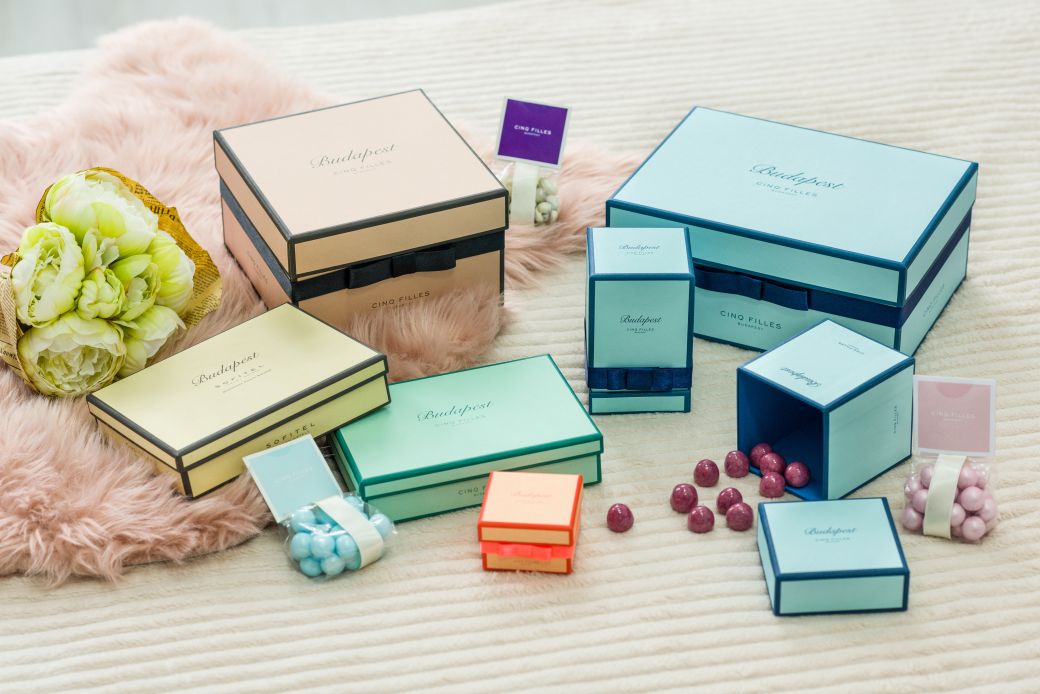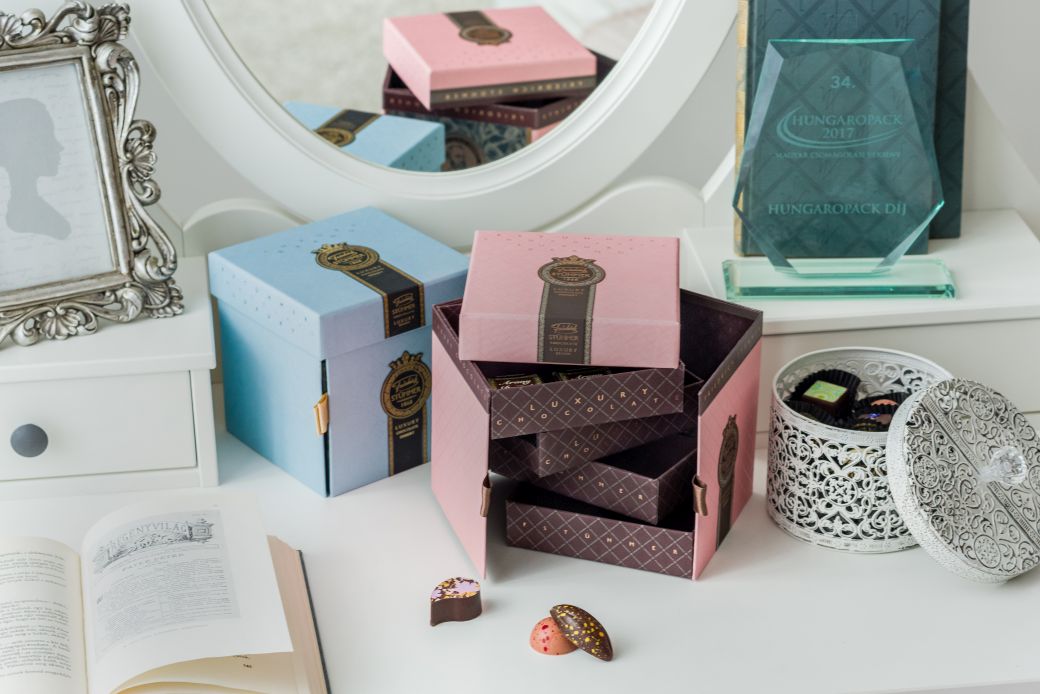Why is packaging important?
When meeting someone at the first time, the initial impression is fundamentally influenced by the appearance of the person. The same applies to products. Packaging is a crucial factor in the selling of products. By the look of packaging, one would make (conscious or unconscious) preliminary judgment of the product quality, whether or not it belongs to the luxury category, how much it is deemed as aesthetic, what other properties it carries. On the other hand, the practical function of packaging is not to be ignored, either. Generally, it is expected to be durable, it should not become soaked easily, but protect the contents from contamination, impacts and vibration. Damage to packaging may suggest any damage that the product itself may have.
Obviously, some of the packaging solutions can be used not only for the transportation, storage and selling of a single product. Durable, modern packaging materials withstand use for longer periods of time, and are therefore suitable for affording proper protection for a number of articles if stored and transported adequately.

Why is packaging particularly important?
Research has been conducted to see how, based on what aspects and over what periods of time consumers at supermarkets make shipping decisions in relation to specific products.
The following results have been revealed:
As it is known, there are tens of thousands of articles kept on the shelves of supermarkets. Based on calculations, it has been determined that an average consumer would spend only half an hour in the store, and during this time they would notice nine thousand products individually. It can therefore be calculated that 6 articles are perceived in every second, meaning that 0.16 second is dedicated to a single piece of packaging. On otherwise, only this brief period of 0.16 second is available to the packaging to attract the consumer’s attention. Consequently, packaging should always be compelling, impressive in order to make the product salable.
What is good packaging like?
- Aesthetically, it is to target the intended segment of customers
- It is to feature creative realisation
- It should be inexpensive, still durable
- It it to communicate adequate information to consumers

History of packaging
As early as in the prehistoric age, the first devices or tools for packaging emerged in the form of materials from nature, such as leaves, leather or shells. With the passing of time, such packaging devices – baskets, barrels and wooden boxes – appeared where the primary function was storage. Natural materials were later replaced by the more durable ceramics, clay, glass, iron and steel, which also offered better quality. The industrial revolution brought about major achievements in the field of packaging, too. Those times saw the emergence of synthetically produced materials, for example plastics, and furthermore cardboard, aluminium and chipboard were also used.
Until the early years of the 19th century, the intended purpose of packaging was to protect goods from external impacts, but later manufacturers discovered that packaging had the potential to fulfill a number of other functions.




